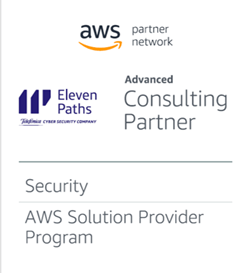The No More Ransom Project celebrates its fourth anniversary today after helping over 4.2 million visitors recover from a ransomware infection and saving an estimated $632 million in ransom payments. ElevenPaths is part of this project with two tools.
No More Ransom was created on 25 July 2016 through an alliance between Netherlands’ Police, Europol and McAfee. Today, The No More Ransom Project includes more than 150 partners worldwide in the spirit of preventing and mitigating major ransomware attacks which continue to make the headlines and hit businesses, governments, and individuals around the world.
The platform www.nomoreransom.org has two clear objectives: On the one hand, supporting and enabling ransomware victims to recover their encrypted information without having to pay the criminals; on the other hand, to pursue from a legal point of view those responsible for these scams by sharing information with security forces. ElevenPaths contributes with its experience developing and offering two free tools to this initiative. Thanks to the efforts of the Innovation & Labs area we are part of the project as one of the 16 partner entities together with Avast, Bitdefender, CERT from Poland, Check Point and Emsisoft, among others.
Popcorn Decryptor and VCryptor Decryptor: Our Tools
RecoverPopCorn is a utility developed by ElevenPaths Innovation Area to fix infection caused by PopCorn ransomware. Thanks to this contribution we became one of the partners of the project.
In June 2020, we created another tool against VCryptor ransomware. Discovered by several antivirus companies, this malware encrypts user files (desktop, documents, images, etc.) in a password-protected zip file and creates .vcrypt files that are used to request a ransom.

















